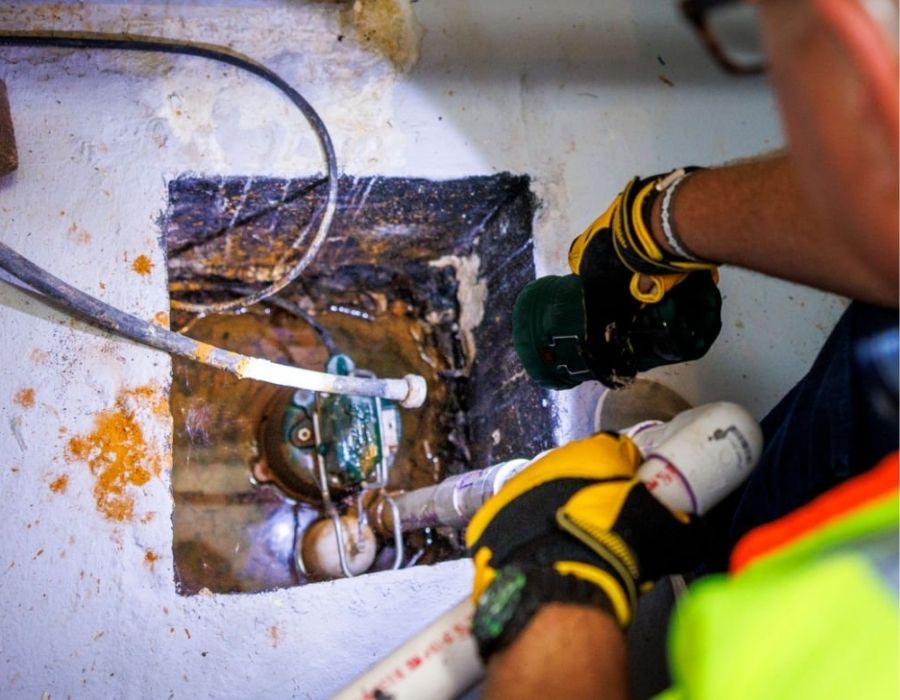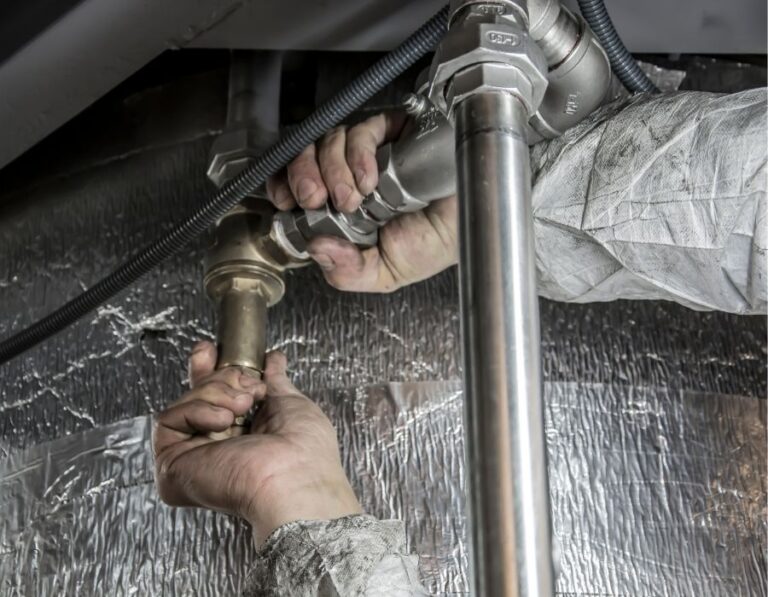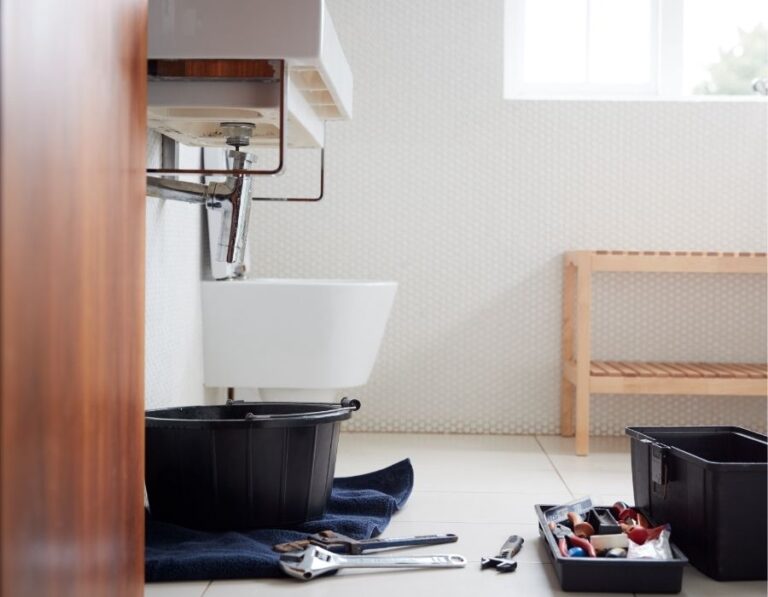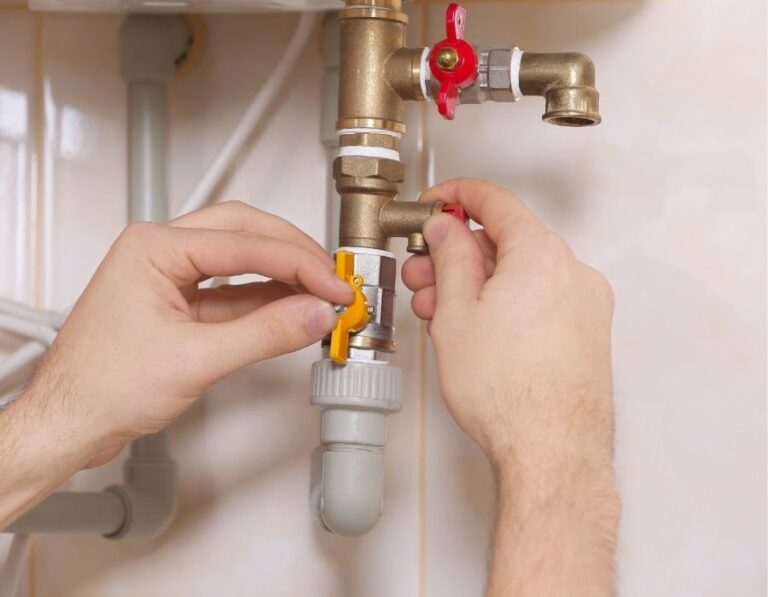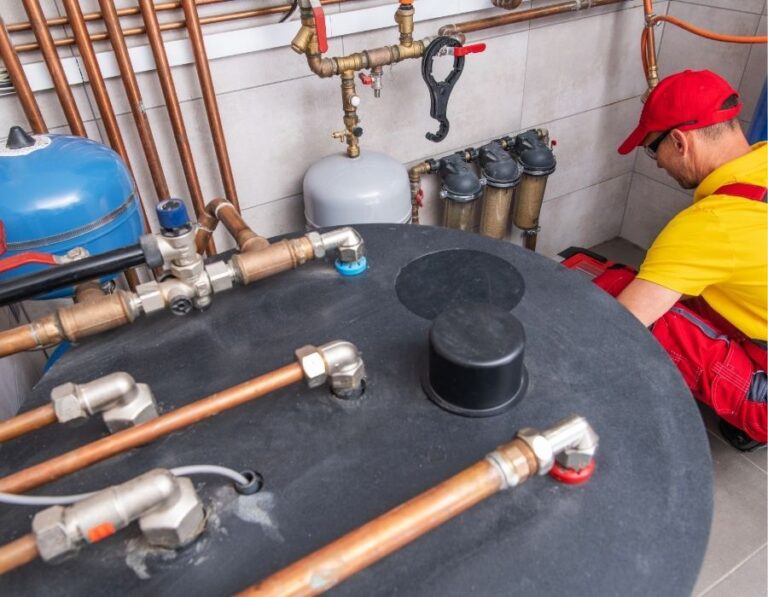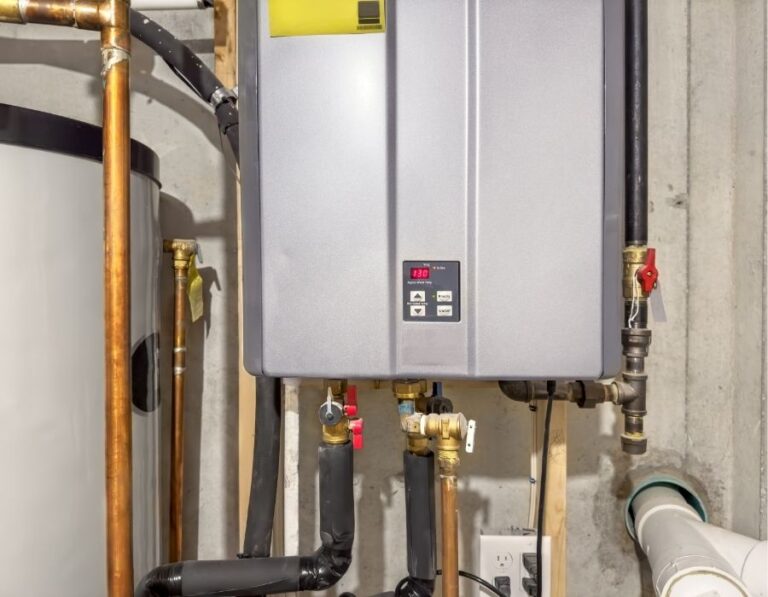Sump Pump Failure or Slab Leak? How to Shield Your Utah Basement from Devastating Water Damage
Water damage is a Utah homeowner’s worst nightmare—especially when it starts in the basement. But when puddles appear or a musty smell creeps in, one critical question stands between you and costly repairs: Is it a sump pump issue or a slab leak?
Knowing the difference is the first step toward prevention and peace of mind. In this blog, we’ll break down how to tell these water woes apart, the risks of each, and how you can protect your Utah home using proven strategies.
Why Utah Basements Are at Risk
Utah might be known for its arid climate, but that doesn’t mean its basements are safe from water damage. From Salt Lake City to Provo to Ogden, homeowners are increasingly grappling with the hidden risks of water intrusion. And it’s not just extreme weather that’s to blame.
Seasonal rainfall, rapid snowmelt in the spring, and Utah’s notoriously shifting clay-heavy soils all contribute to basement flooding. Even small changes in soil pressure can crack foundations or redirect groundwater—right into your home. FEMA estimates that just one inch of water in a basement can result in up to $25,000 in damage—often not covered by standard homeowners insurance.
And as Utah’s housing market grows, so do the variables. Many new homes are built on concrete slabs or include plumbing that runs through basement levels, increasing the risk of two particularly confusing issues:
- Slab leaks, which stem from ruptured water lines below the foundation
- Sump pump failures, which leave basements defenseless during storms or thaw cycles
Both problems can lead to similar symptoms—water pooling, mold, foul odors—but they require very different solutions. Knowing what you’re dealing with is critical to acting fast and preventing further damage.
Sump Pump vs. Slab Leak: What’s the Difference?
Water in your basement is never good news—but knowing where it’s coming from is key to fixing the problem fast. Two common culprits in Utah homes are sump pump failures and slab leaks. While they can both lead to wet floors, mold, and costly repairs, the causes (and solutions) are very different.
What Is a Sump Pump Issue?
A sump pump is your basement’s first line of defense against groundwater intrusion. Installed in a pit at the lowest point of your basement, it automatically activates during storms, snowmelt, or when the water table rises—pumping excess water safely away from your home. Without it, even minor wet conditions can quickly lead to standing water and potential damage.
However, sump pumps can fail due to age, wear, or electrical issues. Warning signs include water pooling around the pit, musty or moldy odors, unusual noises like grinding or humming, or a pump that runs nonstop—or not at all. Visible rust, mildew, or damaged wiring are also red flags. If a sump pump fails during a storm or thaw, water can flood your basement rapidly, so early detection and timely maintenance are critical.
What is a Slab Leak?
A slab leak happens when water pipes beneath your home’s concrete foundation crack, corrode, or burst. Since these pipes are hidden from view, early warning signs can be easy to miss—until serious damage has already begun. Homeowners may notice unexplained warm or damp spots on the floor, a sudden increase in water bills, or the sound of running water when no faucets are on.
Other red flags include cracks in the foundation, warped floorboards, or areas of damp carpet with no obvious source. While slab leaks often start out small, they can steadily weaken the structure beneath your home, damage flooring, and lead to mold growth. If ignored, the long-term consequences can become both costly and hazardous to your home’s integrity.
Know the Difference—Act with Confidence
While sump pump issues and slab leaks both cause basement water problems, their origins—and fixes—are completely different. A failed sump pump is a mechanical issue that usually involves replacement or repair. A slab leak, on the other hand, may require advanced leak detection, rerouting pipes, or tunneling under the foundation.
Not sure what you’re dealing with? Don’t guess. Call a licensed plumber who can diagnose the issue accurately—and stop the damage before it gets worse.
FAQs: What Utah Homeowners Ask the Most
Actionable Tips to Protect Your Basement
1. Install a Backup Sump Pump
Utah storms can knock out power—so invest in a battery-operated or water-powered backup to keep things dry when your primary pump fails.
2. Schedule Annual Pump Inspections
Many sump pump issues start quietly. Have a plumber test float switches, clean intake screens, and verify discharge lines before rainy seasons.
3. Check for Hidden Moisture
Use a moisture meter to test concrete or carpeted areas for hidden dampness—especially near walls or plumbing.
4. Get a Pressure Test
If you suspect a slab leak, request a pressure test from a licensed plumber. Early detection means minimal damage.
5. Regrade Landscaping Around Foundation
Make sure soil slopes away from your home’s foundation. This reduces hydrostatic pressure and lowers sump pump strain.
6. Use Smart Leak Detectors
Install smart sensors near plumbing fixtures and in the basement. Many sync to your phone for instant alerts.
Pro Insight: When to Call a Pro
Still unsure what’s causing the issue? Don’t wait. It’s time to call a Utah plumbing or water mitigation expert if you notice any sudden spike in your water bill, water pooling in areas that aren’t near your sump pit, or persistent musty odors and dampness without a clear source. These could all be signs of hidden water problems that require professional attention.
Other red flags include a sump pump that runs constantly or not at all, or floors that feel unexpectedly warm, soft, or warped. A qualified professional can perform diagnostic tests—like dye testing and thermal imaging—to pinpoint the exact source of the issue. Getting expert help early can save you time, money, and major headaches down the line.
Protect Your Home Before the Water Rises
Don’t let silent leaks or failing sump pumps catch you off guard. Whether it’s a mechanical failure during a storm or a slab leak slowly eroding your foundation, early detection is your best defense against costly water damage. Acting now can mean the difference between a simple fix and a major repair.
With routine inspections, smart home water sensors, and reliable backup systems in place, you can stay one step ahead of potential disasters. Safeguard your basement, protect your investment, and regain your peace of mind—before the next heavy rain or thaw puts your home to the test.

